The global cold insulation market is heating up—ironically, by keeping things cool. As industries worldwide prioritize energy efficiency, sustainability, and regulatory compliance, cold insulation has emerged as a critical component in reducing energy consumption, minimizing environmental impact, and optimizing operational efficiency. This blog dives into the unique aspects of the cold insulation market, exploring its growth drivers, innovative technologies, and future opportunities.
What is Cold Insulation?
Cold insulation refers to materials and systems designed to prevent heat transfer in low-temperature environments. It is widely used in industries such as oil & gas, chemicals, refrigeration, HVAC, and food & beverage to maintain consistent temperatures, reduce energy loss, and prevent condensation. Common materials include fiberglass, polyurethane foam, polystyrene, and elastomeric foam, each offering unique properties tailored to specific applications.
Why is the Cold Insulation Market Growing?
The cold insulation market is projected to grow at a steady CAGR of 6-8% over the next decade, driven by several key factors:
- Energy Efficiency Regulations
Governments and organizations worldwide are implementing stringent energy efficiency standards to combat climate change. Cold insulation plays a vital role in reducing energy consumption by maintaining optimal temperatures in industrial processes, refrigeration systems, and buildings. - Rising Demand for Refrigeration and Cold Chain Logistics
The global cold chain industry is expanding rapidly, fueled by the growing demand for perishable goods like pharmaceuticals, frozen foods, and fresh produce. Cold insulation ensures temperature-controlled storage and transportation, minimizing spoilage and waste. - Industrial Growth in Emerging Economies
Rapid industrialization in countries like India, China, and Brazil is driving demand for cold insulation in sectors such as oil & gas, chemicals, and manufacturing. These industries require robust insulation solutions to enhance operational efficiency and comply with environmental regulations. - Sustainability Trends
As companies strive to reduce their carbon footprint, cold insulation materials are evolving to include eco-friendly options. Recyclable and bio-based insulation materials are gaining traction, aligning with global sustainability goals.
Innovations Shaping the Cold Insulation Market
The cold insulation industry is not just about traditional materials anymore. Cutting-edge innovations are transforming the market:
- Aerogel Insulation
Aerogels, known as “frozen smoke,” are lightweight, highly efficient insulation materials with exceptional thermal performance. Although expensive, their superior properties make them ideal for specialized applications in aerospace and oil & gas. - Smart Insulation Systems
The integration of IoT (Internet of Things) technology into insulation systems is revolutionizing the industry. Smart sensors can monitor temperature, humidity, and insulation performance in real-time, enabling predictive maintenance and energy optimization. - Nanotechnology
Nanomaterials are being used to enhance the thermal properties of traditional insulation materials. For example, nanoparticle-infused foams offer improved insulation performance while reducing material thickness. - Phase Change Materials (PCMs)
PCMs absorb and release thermal energy during phase transitions, providing passive temperature regulation. These materials are increasingly being incorporated into cold insulation systems for enhanced efficiency.
Challenges in the Cold Insulation Market
Despite its growth potential, the cold insulation market faces several challenges:
- High Initial Costs
Advanced insulation materials like aerogels and PCMs can be expensive, limiting their adoption in cost-sensitive industries. - Lack of Awareness
Many end-users are unaware of the long-term benefits of cold insulation, such as energy savings and reduced operational costs. - Environmental Concerns
Traditional insulation materials like polyurethane foam can have a negative environmental impact due to their non-biodegradable nature. The industry must continue to innovate and develop sustainable alternatives.
Future Opportunities
The cold insulation market is ripe with opportunities for businesses and investors:
- Green Building Initiatives
The rise of green building certifications like LEED and BREEAM is driving demand for energy-efficient insulation solutions in construction. - Expansion of Cold Chain Infrastructure
The growing need for temperature-controlled logistics in developing regions presents a significant opportunity for cold insulation providers. - Renewable Energy Applications
Cold insulation is essential for maintaining the efficiency of cryogenic systems used in renewable energy technologies like liquefied natural gas (LNG) and hydrogen storage. - Collaboration and Partnerships
Companies that collaborate with research institutions and governments to develop innovative, sustainable insulation solutions will gain a competitive edge.
Recent Development
In November 2021, Frank And Oak, a sustainable clothing brand from Canada, launched its latest men’s outerwear collection for the Fall/Winter 2021 season, featuring the Alpine Parka. This eco-friendly winter coat is available in Rosin, Coffee Bean, and Black and is designed using organic and recycled materials, emphasizing sustainability.
The Alpine Parka incorporates animal-free PrimaLoft insulation and 100% recycled polyester fibers, providing both warmth and environmental responsibility. Designed to offer superior protection against harsh winter conditions, it features:
- A breathable 2-layer fabric for comfort and insulation
- A recycled sherpa-lined hood for added warmth
- Ribbed storm cuffs to keep out cold air
With an estimated warmth rating between -25°C to -10°C, the Alpine Parka is a blend of classic design and functional innovation, ensuring maximum heat retention and wind resistance.
https://techners.net/wp-admin/post.php?post=30430&action=edit


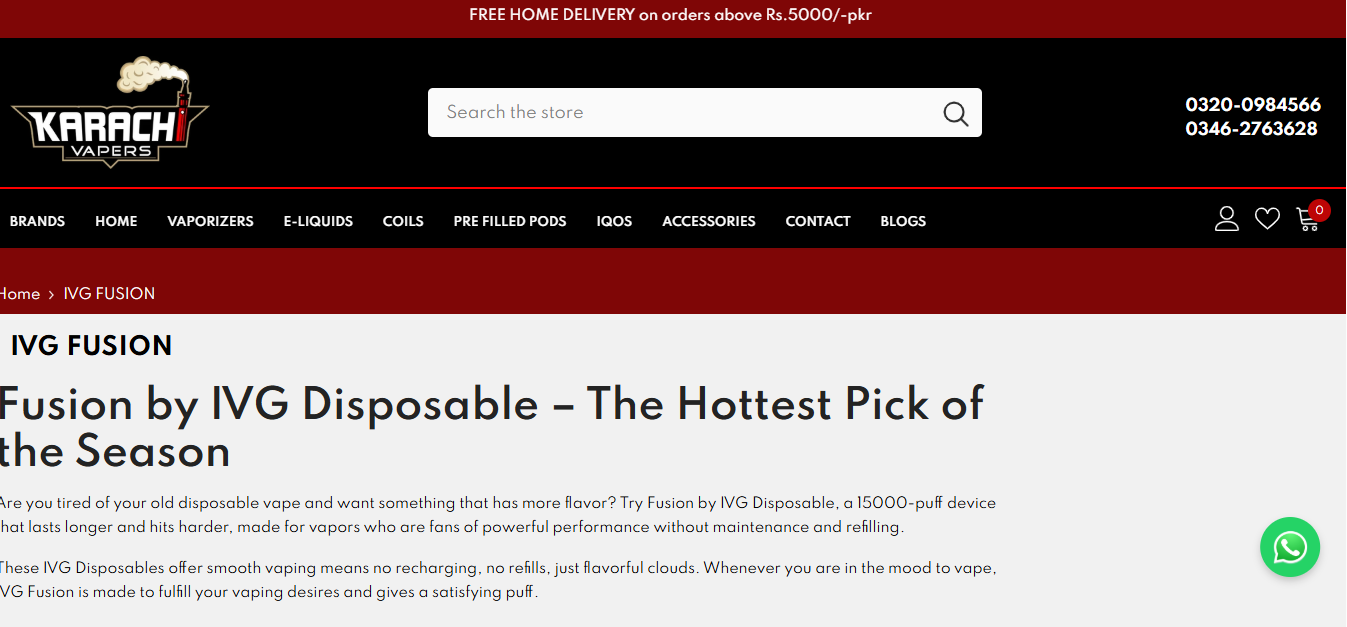


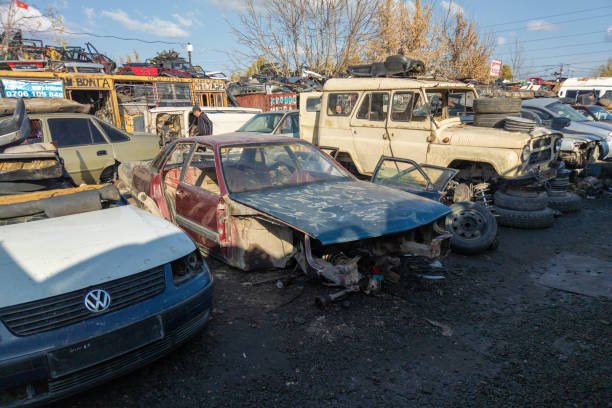
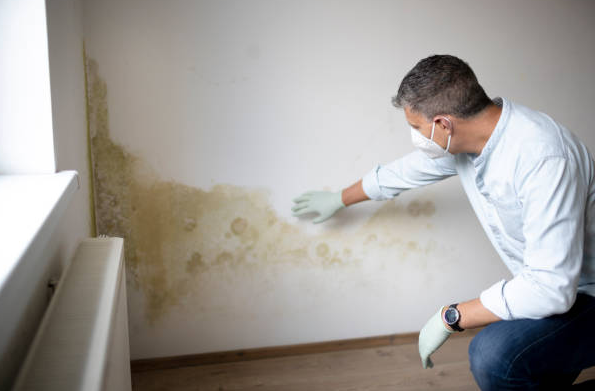
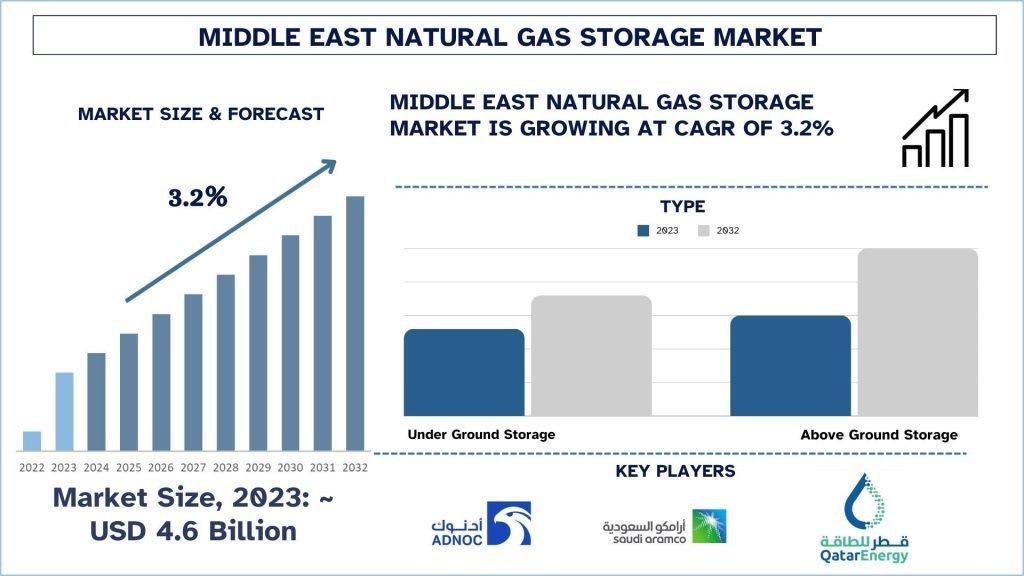



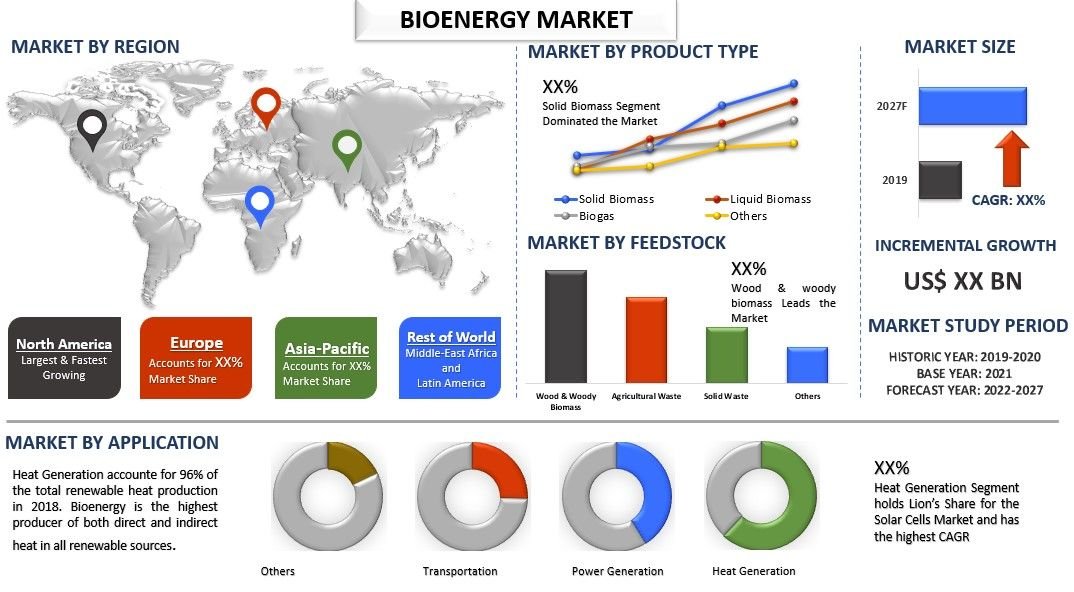
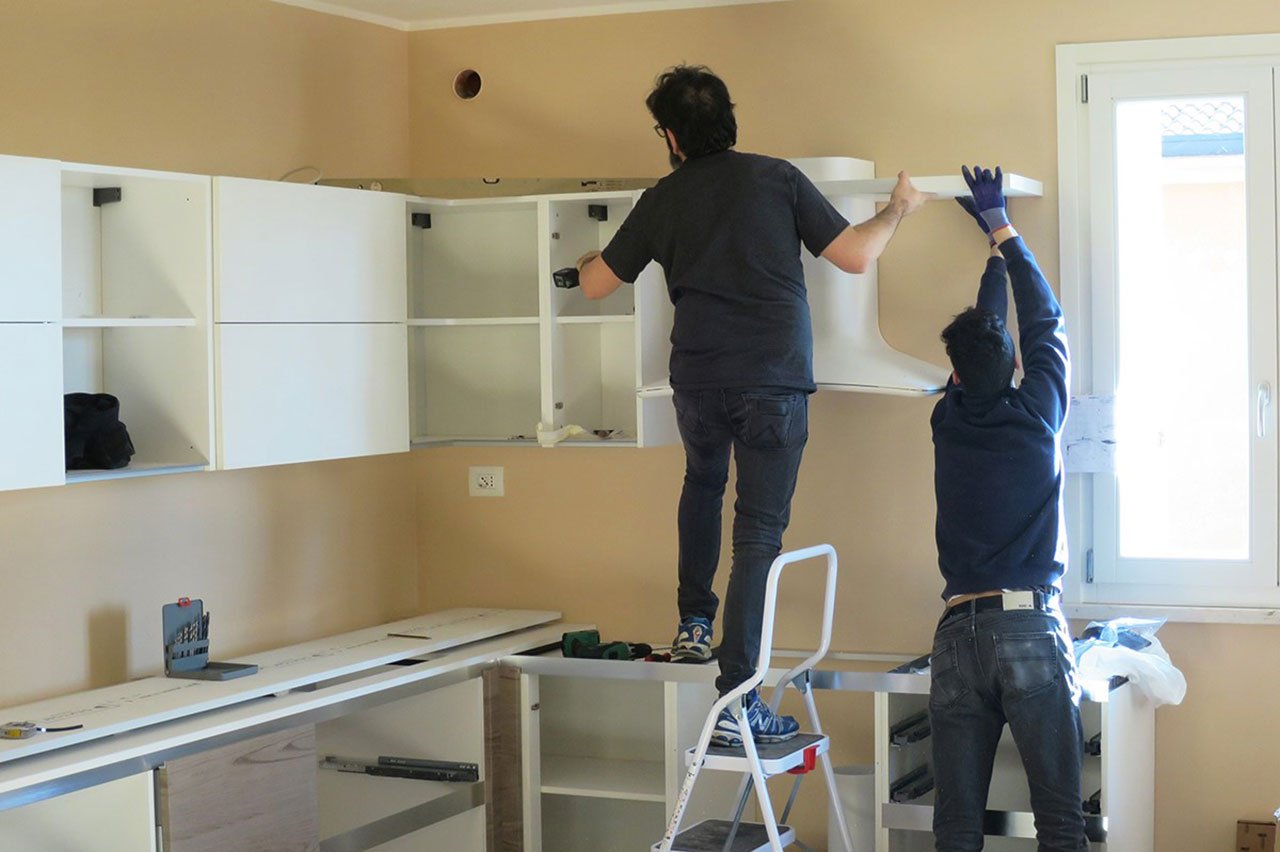
Leave a Reply